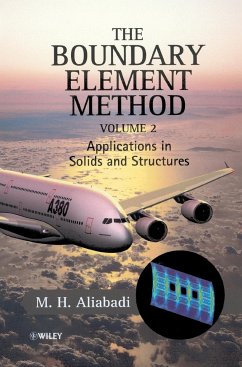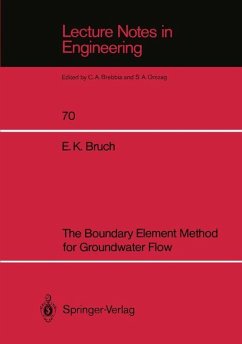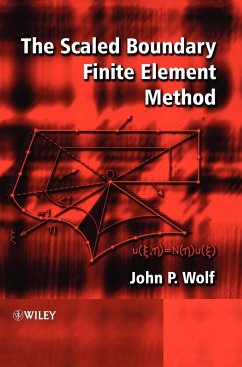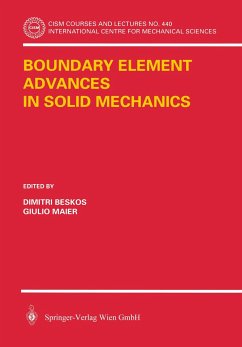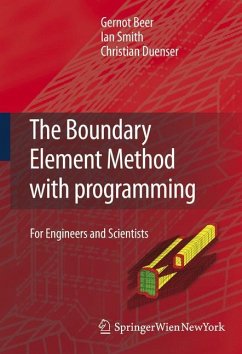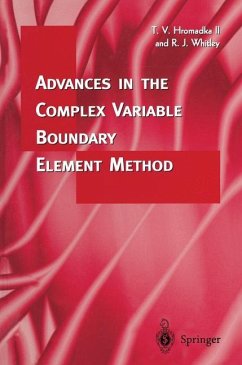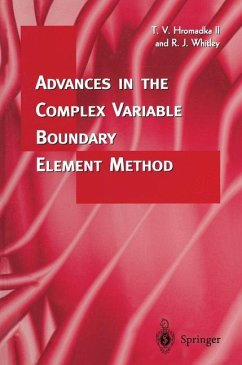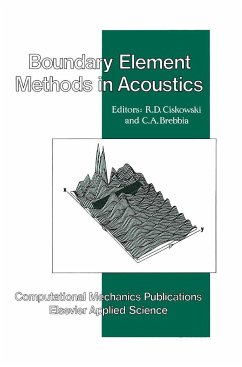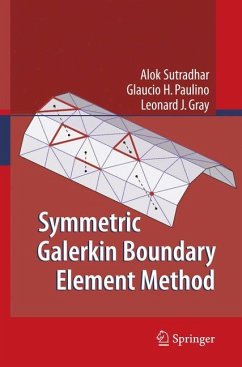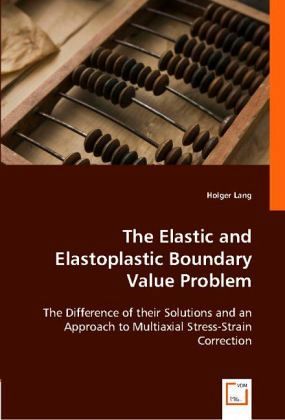
The Elastic and Elastoplastic Boundary Value Problem
The Difference of their Solutions and an Approach to Multiaxial Stress-Strain Correction
Versandkostenfrei!
Versandfertig in 6-10 Tagen
52,99 €
inkl. MwSt.

PAYBACK Punkte
26 °P sammeln!
It was an open mathematical question, whether the difference of the solutions of the elastic and elastoplastic boundary value problems can be expressed explicitly. For linear kinematic and combined linear kinematic plus isotropic hardening material, this question is now answered in this book. The author considers both models in their quasistatic, rate-independent formulation with linearised geometry. He proves that the differences of the stresses, strains and displacements can be expressed as compositions of some linear operators and play operators with respect to the exterior forces. To that ...
It was an open mathematical question, whether the difference of the solutions of the elastic and elastoplastic boundary value problems can be expressed explicitly. For linear kinematic and combined linear kinematic plus isotropic hardening material, this question is now answered in this book. The author considers both models in their quasistatic, rate-independent formulation with linearised geometry. He proves that the differences of the stresses, strains and displacements can be expressed as compositions of some linear operators and play operators with respect to the exterior forces. To that end the main analytical devices, such as Lipschitz estimates for stop and play, are developed. The results are valid for the class of continuous functions of bounded variation. Further, the author is establishing a fast elastic postprocessing algorithm in order to get accurate approximations to the real physical observables. Therefore, both mathematicians, who are interested in nonlinear partial differential equations, and engineers, who are concerned with fatigue analysis, will benefit from this book.



